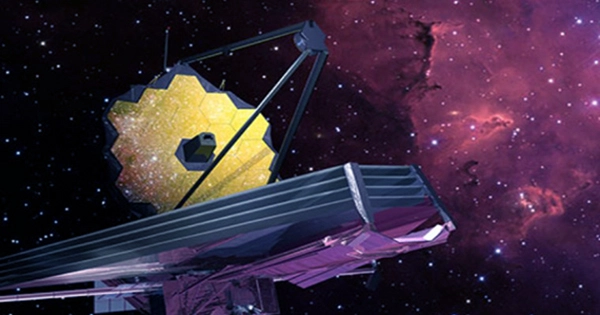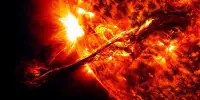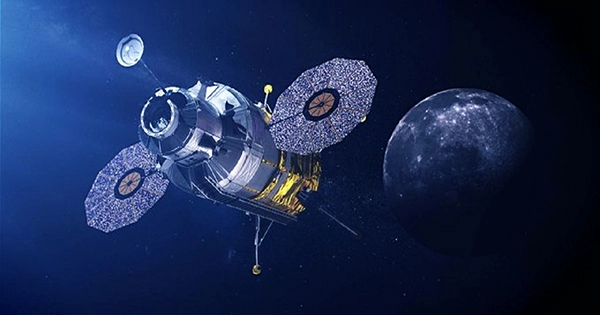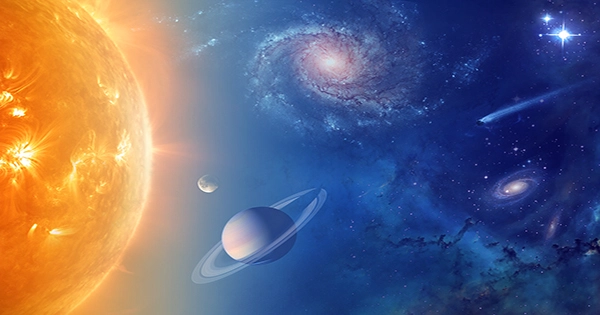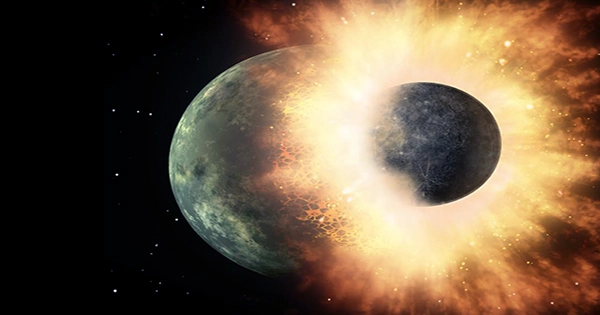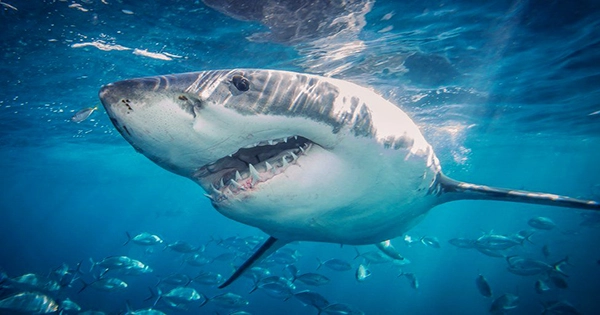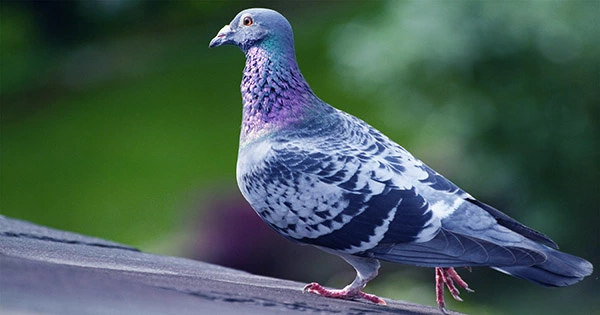JWST, the world’s newest space observatory, has finally captured its first photons of light. The light emanates from a star in the constellation Ursa Major, the great bear, and travels through the telescope, reflecting from the primary mirror to the secondary, tertiary, and finally into the Near Infrared Camera (NIRCam) equipment. This is the start of the alignment process, which will span three months. The photos gathered thus far have little scientific worth, but they have a lot of technological value.
The team of engineers and scientists will use them to progressively position the mirrors so that the telescope is precisely focussed and ready to peek back to when the first stars and galaxies formed. “This is the first of many steps that will be taken to collect photos that are initially unfocused and use them to fine-tune the telescope.” The researchers said in a blog post that “this is the very beginning of the process, but so far the initial results match expectations and simulations.”
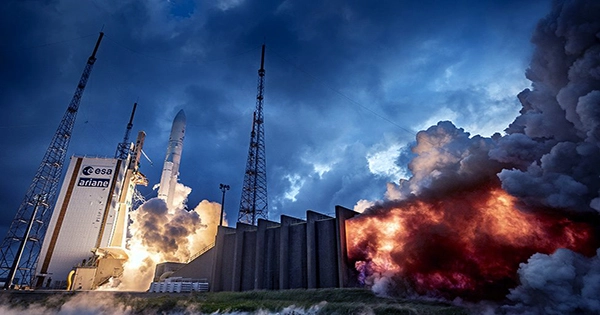
The procedure necessitates a high level of precision. The 18 hexagonal segments that make up the primary mirror must be within 50 nanometers of each other. According to NASA, if JWST were the size of the United States, each hexagonal segment would be the size of Texas (695,662 square kilometers), with a height offset of less than 3.8 cm (1.5 inches). The team has been performing simulations and algorithms on a one-sixth size model of the space telescope to achieve this level of precision.
Before we can expect the first real photographs from the telescope this summer, the procedure must go through numerous steps. The first step was to align the telescope with the spacecraft, which was accomplished by directing the telescope (and its component mirrors) onto the bright and isolated star HD 84406. In step two, the team will align the 18 photos of the stars in a somewhat random position that were formed in the unfocused image, as well as modify the secondary mirror.
The image stacking phase, the third phase, will enable the segments to work as a single unified mirror, producing a single image of the star. Steps four and five will be repeated three times in a row, first with a coarse phasing and then with a fine phasing that will sensitively bring the segmentS to higher and higher alignment, which the NIRcam will check. The telescope’s optics should be ready to start working after adjusting the field of vision and any other necessary corrections, and JWST may cast its magnificent eye on the universe.
